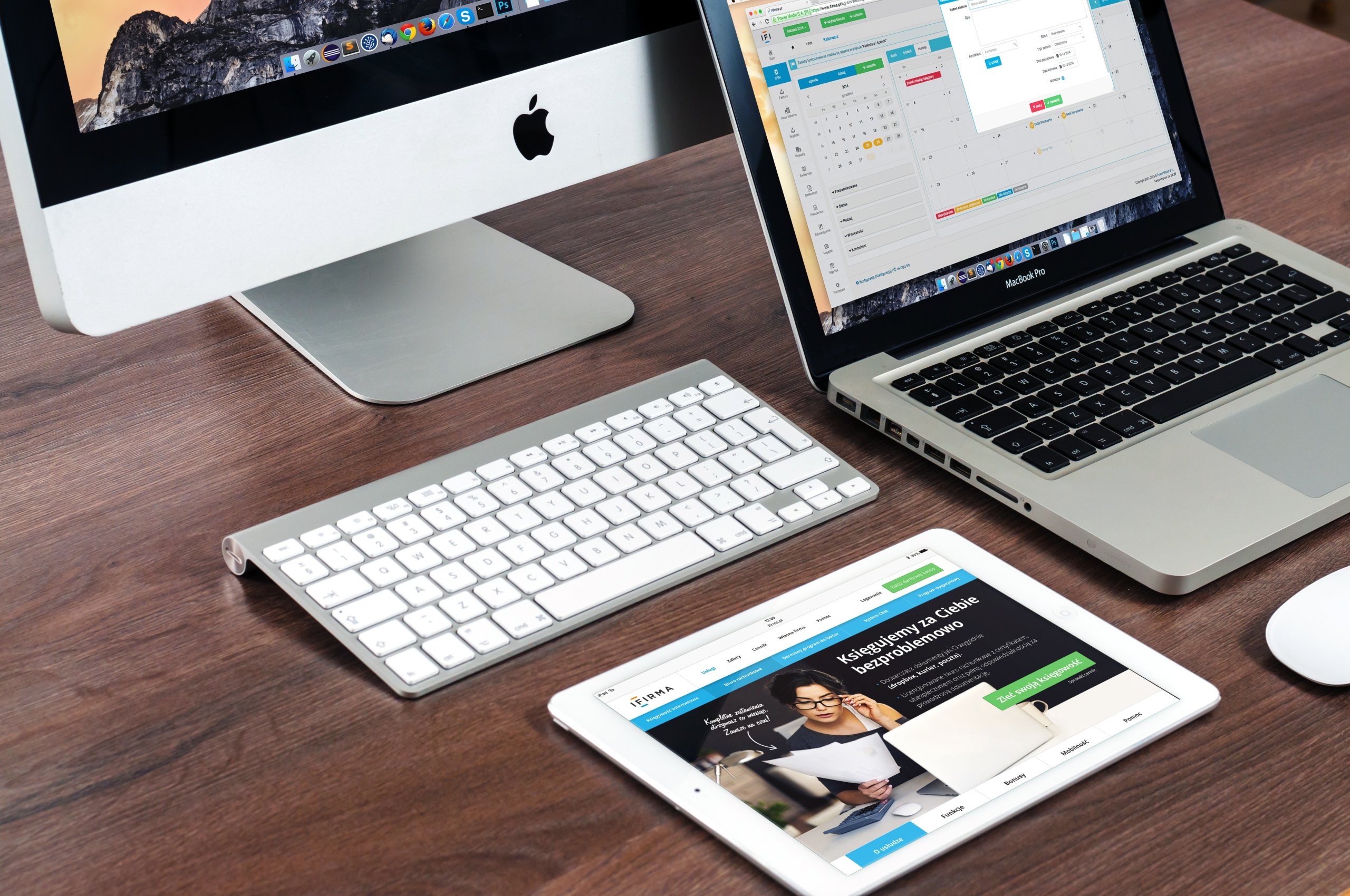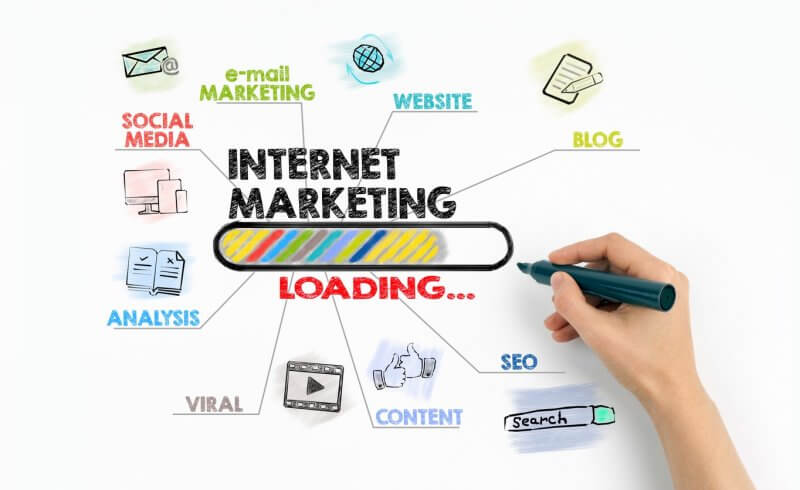Are you launching a new product, service or business? If so, you will be needing a logo to help launch your brand. A logo serves as a marker, a unique and simple graphic that identifies your company. We are all surrounded by logos everyday. Iconic brands such as Coca Cola and Apple have distinct and memorable logos that tie in crucially with their brand identity.
Is a Logo the Same as Branding?
No, a logo is only a part of what makes up a brand. Many people make the incorrect assumption that a logo is merely branding. Whereas in practice, a brand encompasses so much more than a logo. Branding is all about how the consumer views a product, what it makes them feel and the values it represents. A lot of subtle interplay takes place in the marketplace to position products perfectly in order to accurately reflect their core brand values. With the advent of the internet and social media, branding professionals have found their task less easy as the traditional areas of influence have become more democratic. Controlling your brand’s image across all platforms, virtual and real world, is quite a challenge now that the end-users of products and services have a credible voice. The image of many brands have been bruised by social media backlashes where consumers voice their displeasure. The smartest brand managers turn this ammunition to their advantage, allowing it to shape and evolve client-sensitive strategies that reinforce and strengthen their core messages.

What Makes a Good Logo?
An effective logo should be simple so that it is easily recognisable. The simpler a logo, the more versatile it can be. Logos that include an unexpected detail or juxtaposition can be effective, as long as they are not too complex. Examples of strong logos include those used for Woolmark, London Underground, Nike, Volkswagen, Shell, Mercedes and Chanel. A great logo is one that is ageless, that will look as good today as in thirty years time. It should be appropriate and fitting for its subject, not jarring and confusing for consumers. Logos that contain an element of movement are very successful, consider the blue Twitter bird or the Nike tick/swoosh as good examples. A logo that is versatile across all mediums, one that looks fantastic on digital labels as well as on websites and billboards, is what you should be aiming for.
Colours and typeface are also crucial elements in a successful logo. Certain colours reflect different things; greens suggest eco-credentials, blues and whites hint at science, meds or high-tech, monochrome is solid and traditional, yellow and orange is fresh and forward looking. If you want to use colour in your logo, make sure it functions equally well when the colour is removed and it appears in monochrome.
The Process
To get the right logo for your new product, market research is essential. Knowing your audience and your competition inside out will enable you to feel confident about the presentation of your product. Think about the demographics for your product and look at successful logos in this area for inspiration. Do not copy anyone else, merely identify what seems to be working for others.
Depending on your budget and the product, you may want to engage a professional designer to formulate some logos to a brief. Sketching out ideas yourself is a useful exercise which informs the process and gives designers some directional insight.
The Context
A logo that appears on packaging needs to stand out sufficiently to be effective. The structure of packaging materials will influence this obviously, and may be something that needs to be taken into consideration. A logo will stand out beautifully on top quality digital labels on a box or jar, but will it hold its own on creased polythene or textured glass? The logo design process needs to incorporate such issues into its workings.
Get a Second Opinion
Once you have arrived at some firm ideas for logos, get wide feedback on how they are perceived. This research may take time and could cause delays if the consultations are not favourable, but a logo needs to be right. If it isn’t 100 percent right, it’s 100 per cent wrong.
A solid logo design plays a key role in the successful branding of products, services and institutions. Work hard to formulate a unique and memorable logo from the beginning, and you will have fine foundations on which to build up a strong brand identity.
























Find Us on Social Media
A MarTech - Marketing and Technology Blog